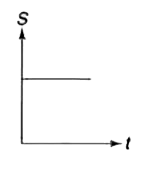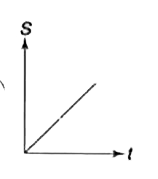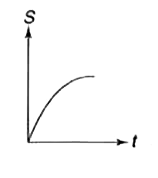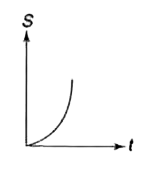A
B
C
D
Text Solution
AI Generated Solution
The correct Answer is:
|
Topper's Solved these Questions
MISCELLANEOUS QUESTIONS
MCGROW HILL PUBLICATION|Exercise PART-B|99 VideosView PlaylistMEASUREMENT
MCGROW HILL PUBLICATION|Exercise ELEMENTARY QUESTIONS (HIGHER ORDER THINKING QUESTIONS)|13 VideosView PlaylistMOTION
MCGROW HILL PUBLICATION|Exercise HIGHER ORDER THINKING QUESTIONS|48 VideosView Playlist
Similar Questions
Explore conceptually related problems
Knowledge Check
A
B
C
D
Submit
A
B
C
D
Submit
A
B
C
D
Submit
Similar Questions
Explore conceptually related problems
MCGROW HILL PUBLICATION-MISCELLANEOUS QUESTIONS-PART-B
- What voltage drop is there across 1kW electric heater, whose resistanc...
01:07
|
Play - A point object is placed in front of a plane mirror. If the object and...
Text Solution
|
Play - The distance (S) travelled varies with time (t) for four different bod...
07:24
|
Playing Now - The area under acceleration-time graph gives
01:12
|
Play - The displacement of a body is proporticonal to the cube of time elapse...
02:31
|
Play - Fig. 3.39 shows the acceleration - time graph for a particle in rectil...
01:33
|
Play - A boy is carrying a bucket of water in one hand and a piece of plastic...
01:13
|
Play - A raft of wood (density=600kg//m^(3)) of mass 120 kg floats in water. ...
03:44
|
Play - A wooden cube floating in water supports a mass 0.2 kg on its top. Whe...
02:42
|
Play - A boat having a length of 3m and breath 1m is floating on a lake. The ...
Text Solution
|
Play - A man is sitting in a boat which is floating in a pond. If the man dri...
03:01
|
Play - Kg ms^(-1) is used to express
04:21
|
Play - If we plot a graph between force and time, the area under the curve an...
04:30
|
Play - The ratio of Si to cgs units of buoyant force Is
05:06
|
Play - Two stretched membranes of areas 2cm^(2) and 3cm^(2) are placed in a l...
01:30
|
Play - Where will it be profitable to purchase 1 kilogram sugar
01:43
|
Play - As we go from the equator to the poles, the value of g
05:56
|
Play - Who among the following gave first the experimental value of G
01:30
|
Play - The work done by a satellite in a complete orbit is
04:53
|
Play - According to Kepler's second law, the speed of the planet is -------- ...
04:07
|
Play











